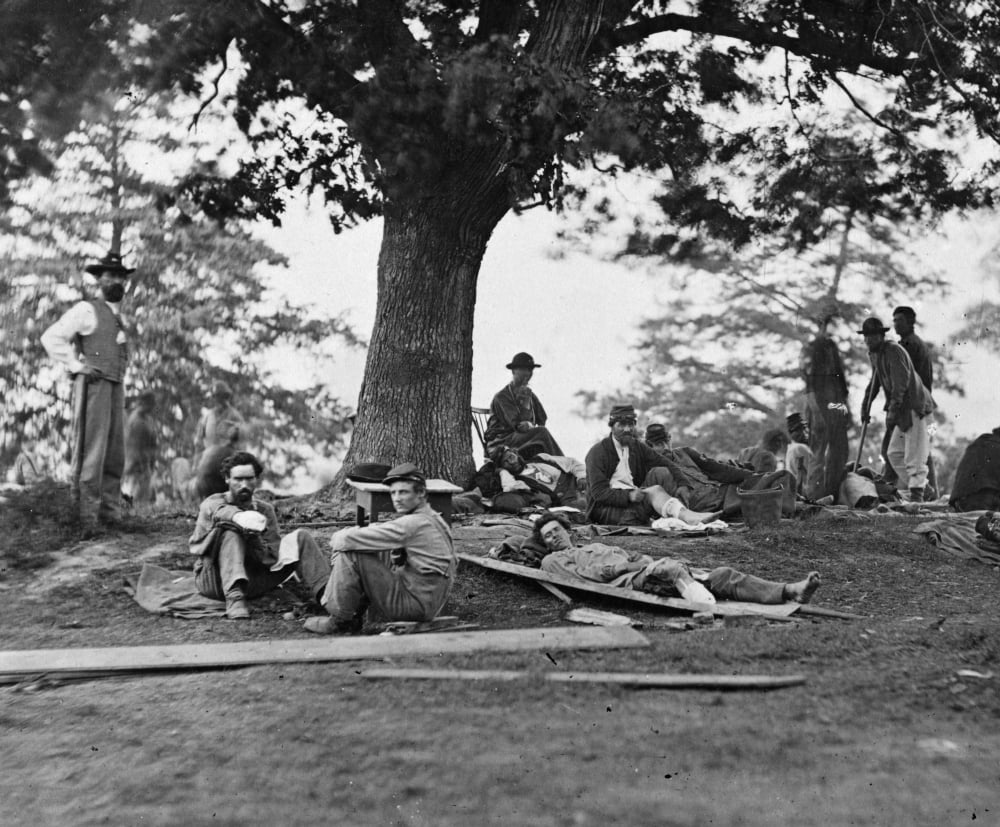

Thus, some 20,000 wounded per month could be moved from Virginia to hospitals in five states as far North as New York. Thus a very predictable and organized system grew.įor example, on the Pamunkey River, a tributary of the York River, 19 hospital transports working on a fixed schedule could move 700 wounded a day. Ships were assigned schedules and maximum patient allowances so as not to overtask the medical staff and place an unexpected burden on the receiving hospital. The Sanitary Commission quickly created a system of waterways by which the wounded steadily traveled further North.

Among the dozens of women who were in charge of the Hospital Transports for one or more of these trips were Amy Morris Bradley, Annie Etheridge and Helen Gilson. They took charge of the patients’ comfort and welfare – feeding the patients, dressing wounds, and ensuring that all had clean beds and clothing. Several women were assigned to each of these hospital transports by the Commission to care for the soldiers while they were being transported to large military hospitals in Washington, Philadelphia and New York.
#Civil war hospital washi series
By mid-May, the Hospital Transport Service had seven ships working out of White House Landing on the York River and Harrison’s Landing on the James River, transporting casualties from General McClellan’s army of 100,000 men during a series of major battles. The first such ship, the USS Daniel Webster, was assigned to the Commission, and after retrofitting the vessel, assembling supplies and hospital personnel, it reached the York River in Virginia on April 30, 1862. Army, would provide surgeons and supplies without any cost to the government. The USSC, a private agency that cooperated closely with the U.S. Lee turned the subsequent Seven Days Battles (June 25 to July 1, 1862) into a humiliating Union defeat.Įarly in April 1862, Frederick Law Olmstead, Secretary of the United States Sanitary Commission (USSC) asked the Quartermaster General to allow the Commission to use some of the transport steamboats of his department for the care of sick and wounded men. Johnston, who was replaced by the aggressive General Robert E. McClellan was initially successful against the equally cautious CSA General Joseph E. The plan was to travel up the Virginia peninsula by land and by river and capture the Confederate capitol at Richmond. The Peninsula Campaign was a major Union operation in southeastern Virginia that lasted from March through July 1862. The need for improvement was especially demonstrated during the Peninsula Campaign when well-run volunteer hospital transport ships assisted the government ships to evacuate patients.

Initially, government-run hospital transport ships performed poorly. It also boasts the only 24/7 onsite cardiac catheterization team in the region.During the Civil War, the Union Army often used ships to move sick and wounded soldiers from Southern battlefields to general hospitals in Northern cities. It was the site of one of the District’s first heart transplants, and is home to the only 256-slice cardiac CT scanner in the nation’s capital. Today, the center is considered the high performing hospital in pulmonary disease and cancer treatments by U.S.

The law resulted in three hospitals within the District merging to create a new medical facility. Though the hospital has roots in post-Civil War Washington, D.C., MedStar Washington Hospital Center wasn’t formally founded until 1946, when The Hospital Center Act was signed into law by President Harry Truman. It operates MedSTAR, a nationally-verified level I trauma center with a state-of-the-art fleet of helicopters and ambulances, and also operates the region’s only adult Burn Center the Comprehensive Stroke Center, which was first in the region and the District’s only Cardiac Ventricular Assist Device program, the latter two which are certified by The Joint Commission.


 0 kommentar(er)
0 kommentar(er)
